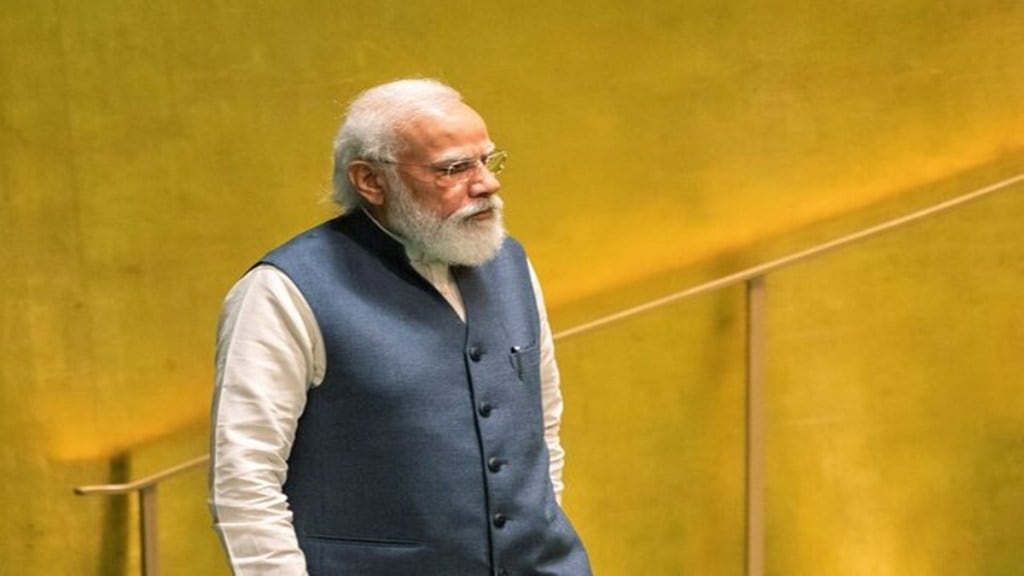Prime Minister Narendra Modi’s intention to unleash an arsenal of reforms is reassuring and a reiteration of the Bharatiya Janata Party-led National Democratic Alliance’s approach to development. As part of the next round of reforms, the government will repeal obsolete laws, simplify rules and processes, digitise procedures and approvals, and decriminalise more offences. The idea, as Modi has articulated, is not merely to bring in marginal changes but to enable the economy to take a big leap. This is the right approach. Indeed, over the past decade, the government has worked to not merely roll out new policies and schemes but also upgrade and fine-tune existing ones. The goods and service tax reforms is the latest manifestation of those efforts.
A decade of progress
The scorecard has been impressive—the government has done well to establish economic stability, build the economic infrastructure, radically improve the provision of basic goods and services, and create a unique digital infrastructure. It has unleashed some path-breaking legislation and changes in areas such as taxation, foreign direct investment, digital transfers, stress resolution, and labour. The efforts have paid off. With the economy doubling to $4 trillion between 2014 and now, the country’s poverty ratio has declined to 4.9% in 2023-24 from 9.5% in 2022-23. India’s per capita income (in purchasing power parity terms) has risen from $2,424 in 2004 to $12,131.8 in 2025 and pushed up the country’s global ranking to 149 in 2025 from 181 in 2024.
The unfinished reform agenda
However, the government can do much better in many other areas. The 1991 reforms were half-done, and the so-called second-generation reforms have been fitful and inadequate. There is a need to remove many obstacles on the ground that delay, and even stall, speedy implementation of projects. India may have moved up in the global ease of doing business rankings but it still has some ground to cover in terms of cutting down on the many rules and regulations that need to be complied with before a unit can get going. Acquiring land, for instance, is still a nightmare. The fact is that the economic momentum of the past decade, during which the GDP has grown at an annual average of 6.8%, has been sustained largely because the government has done much of the heavy-lifting. Despite huge tax benefits, India Inc has not been investing meaningfully. If manufacturing is to get a boost—its share remains at about 17% of GDP—the private sector must play a key role. In this context, schemes like the production-linked incentive, which has generated 1.2 million direct and indirect jobs, need to be revisited to encourage more participants. Importantly, even as it works to frame new policies, the government must ensure there is regulatory certainty. Businesses should not be caught unawares by policy changes after having invested serious sums as has happened recently with the online money gaming industry. Capital must be treated with due respect.
Genuine empowerment of a progressively larger population requires governments to invest in the future—infrastructure, education, and health. These investments, in turn, require expanding the economic pie through growth. For, it’s through growth that government multiplies its resources for productive public spending. India also needs to bring down import barriers to allow user industries to import their inputs freely. Privatisation is another area. The 2021 Public Sector Enterprise (PSE) Policy, which provides for privatisation of all PSEs except a handful in each of the four sectors identified as strategic, must be implemented.

